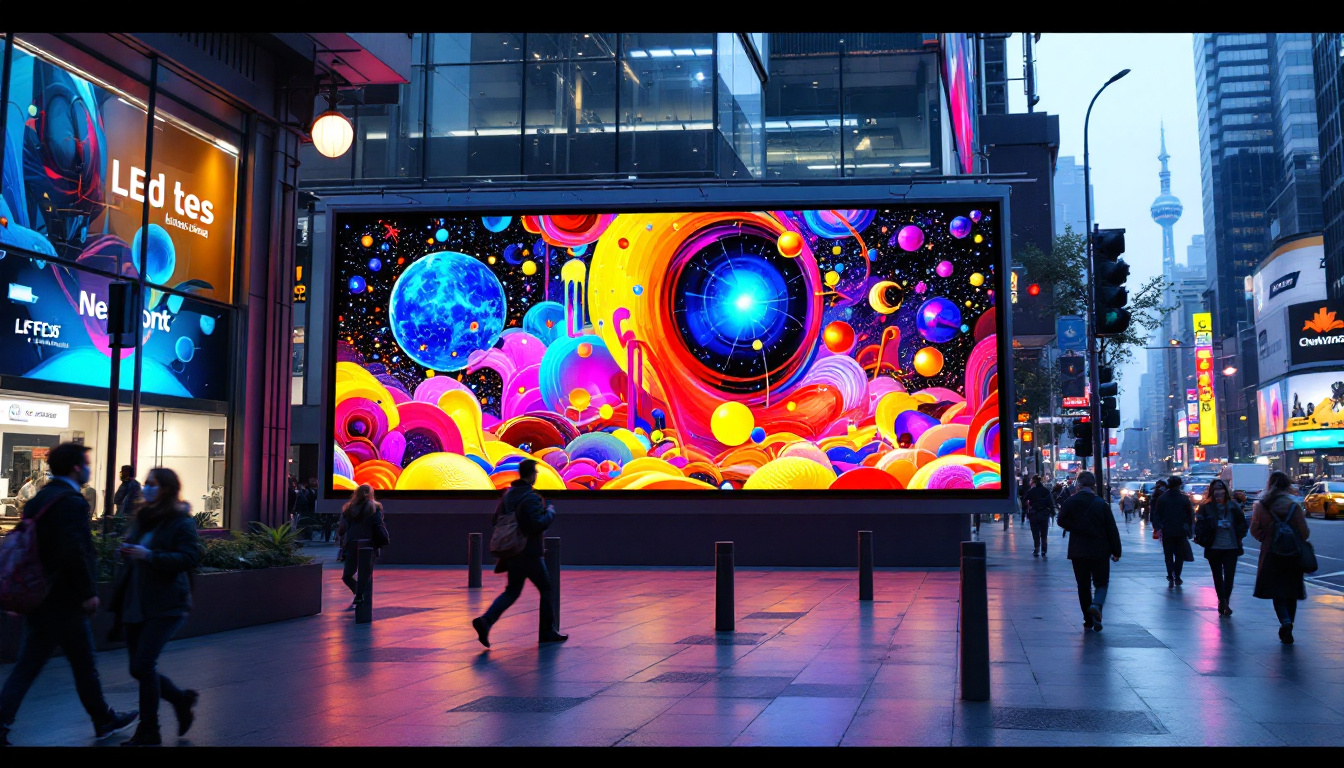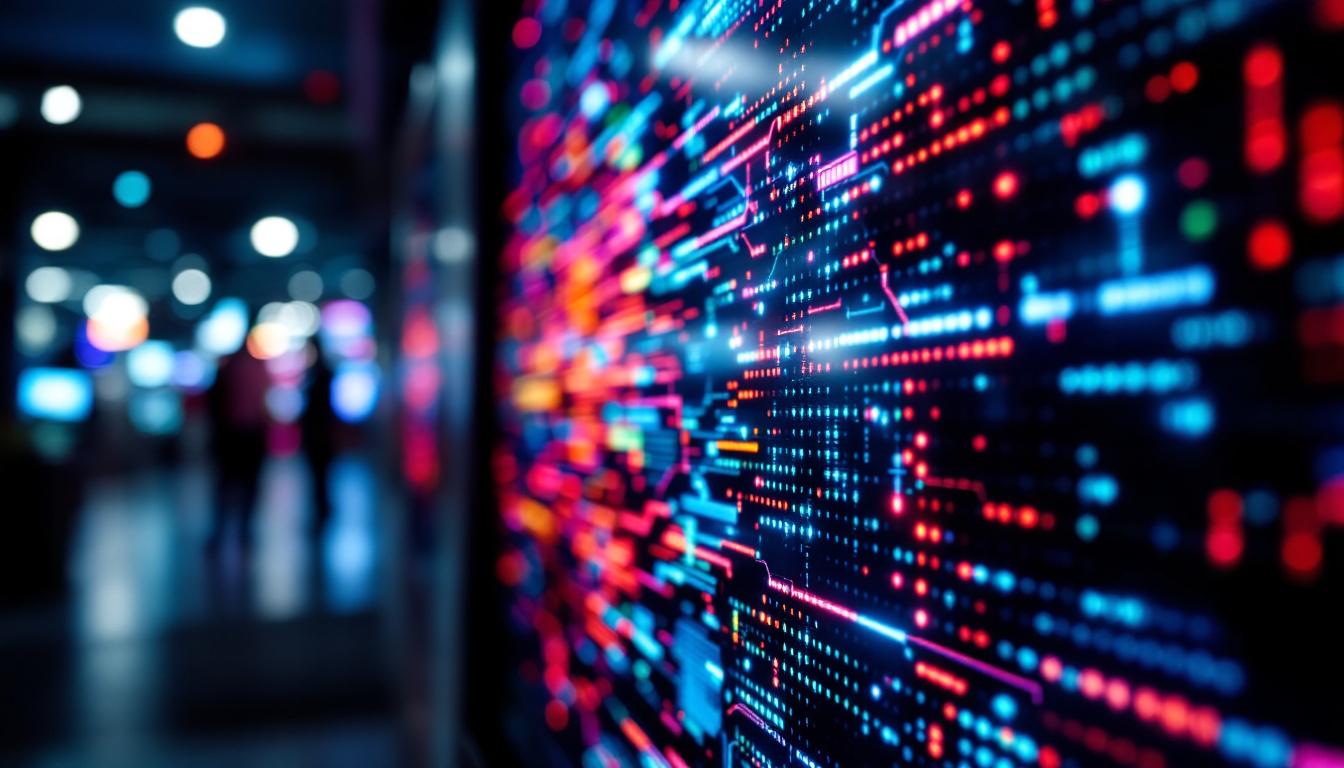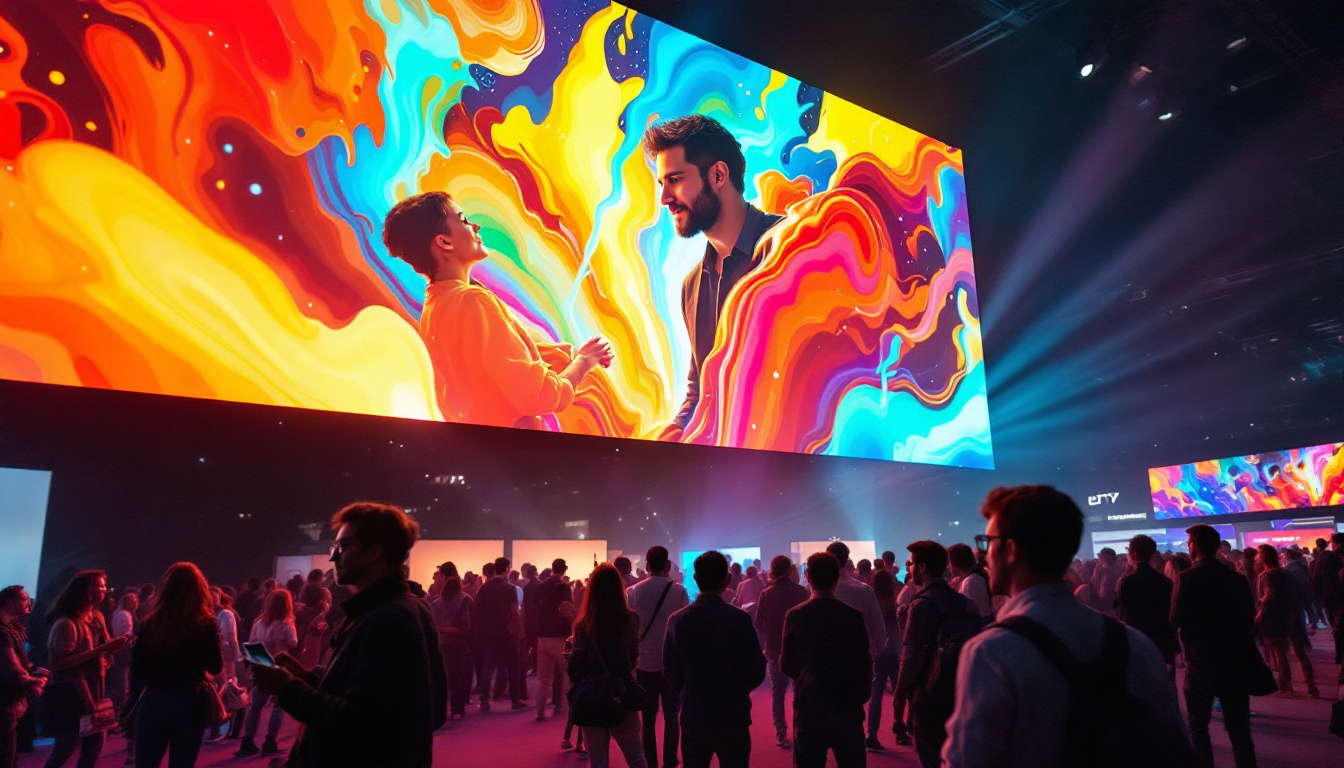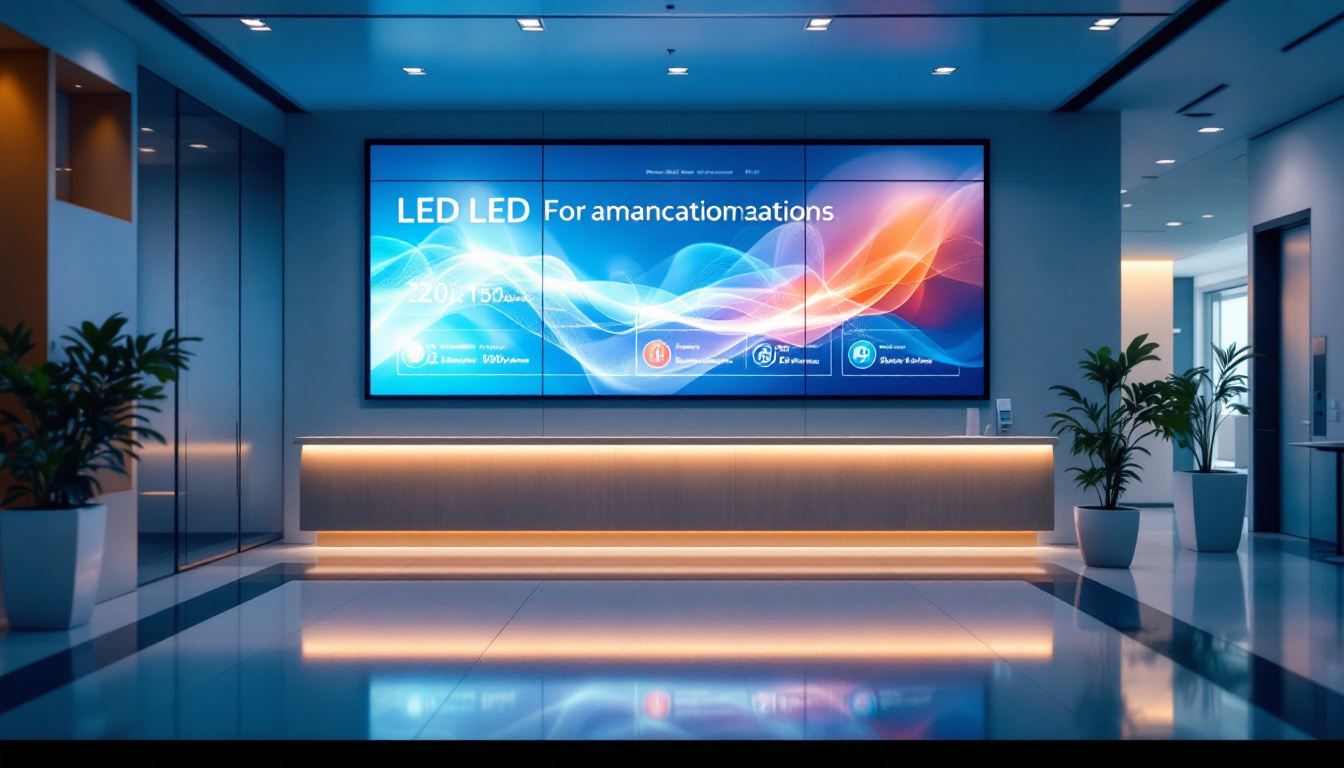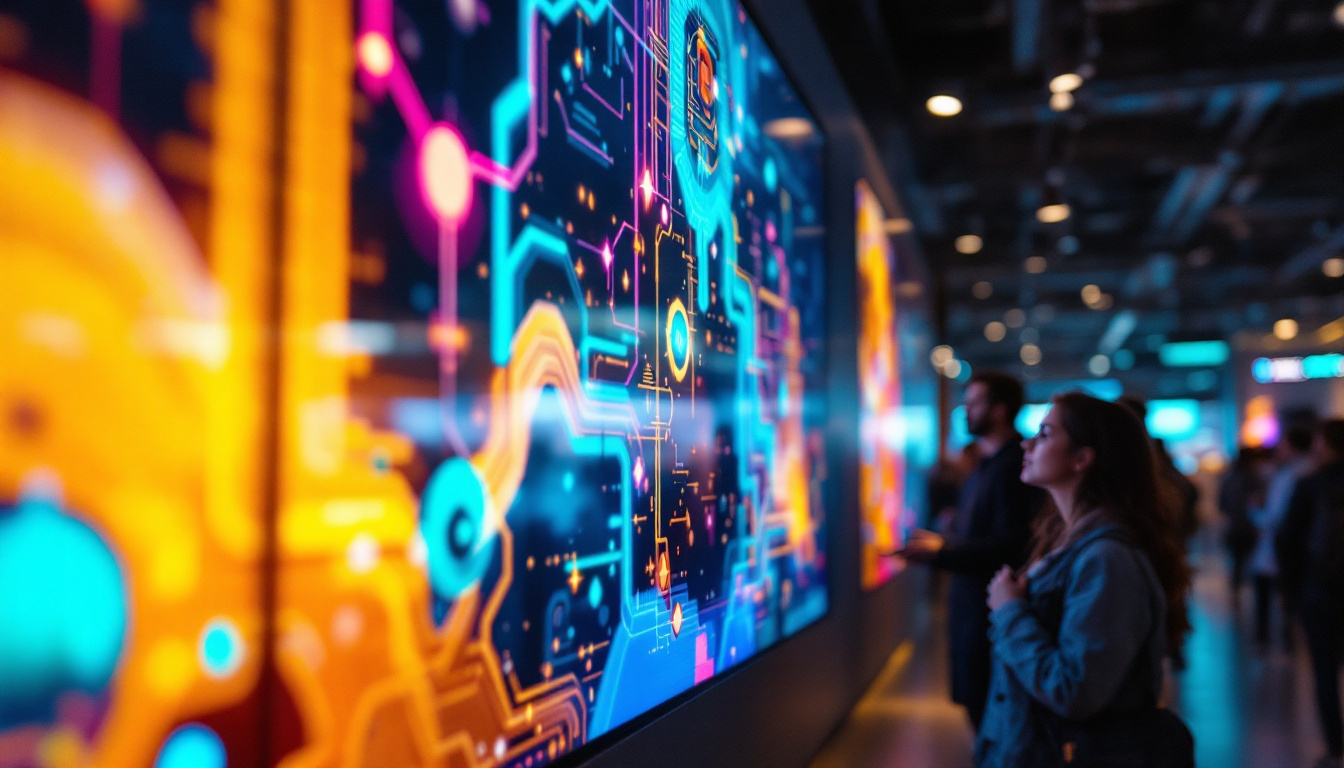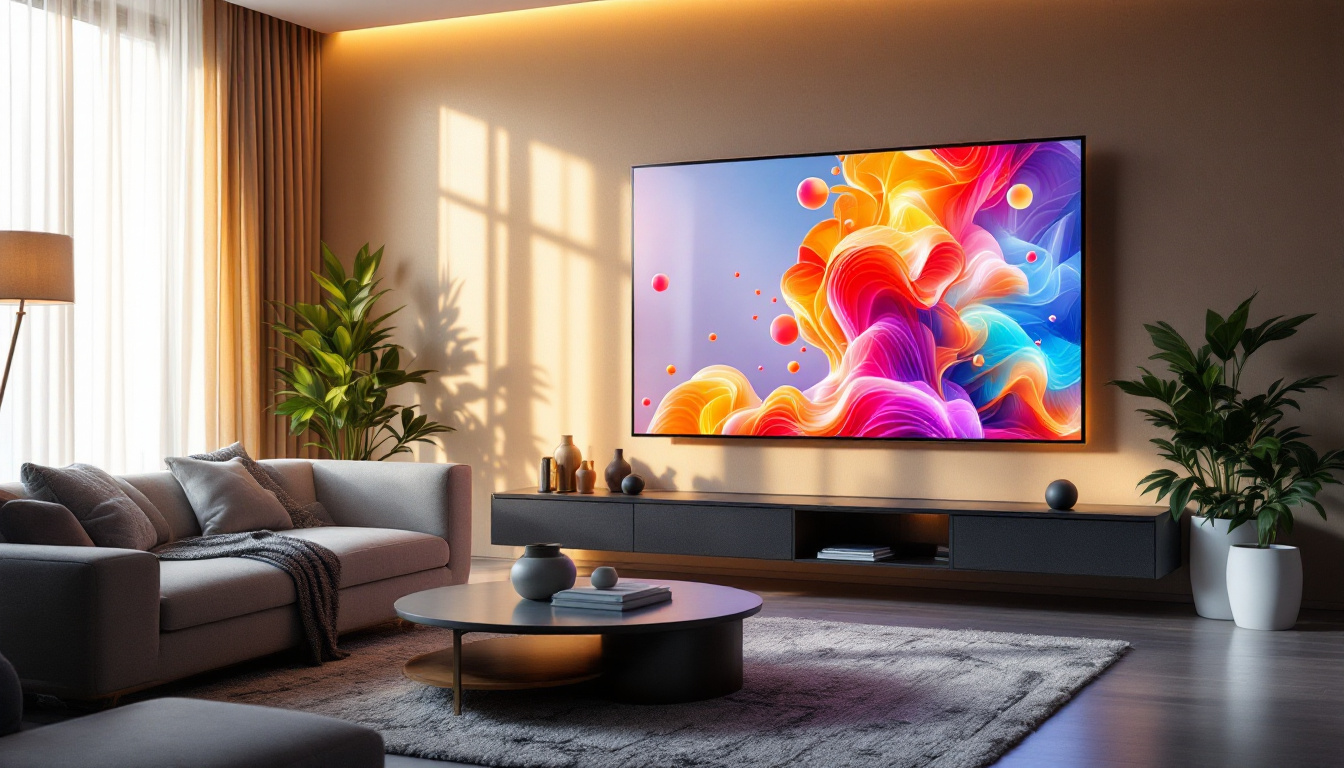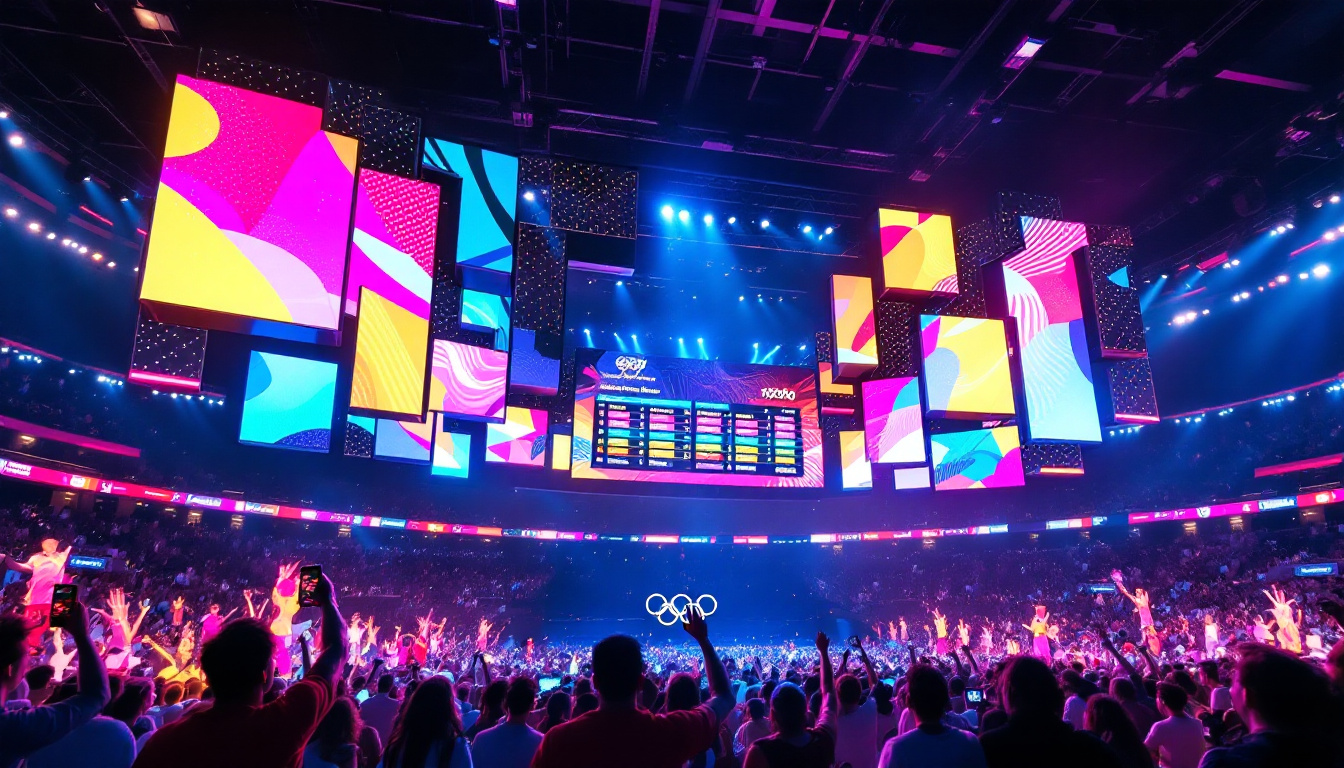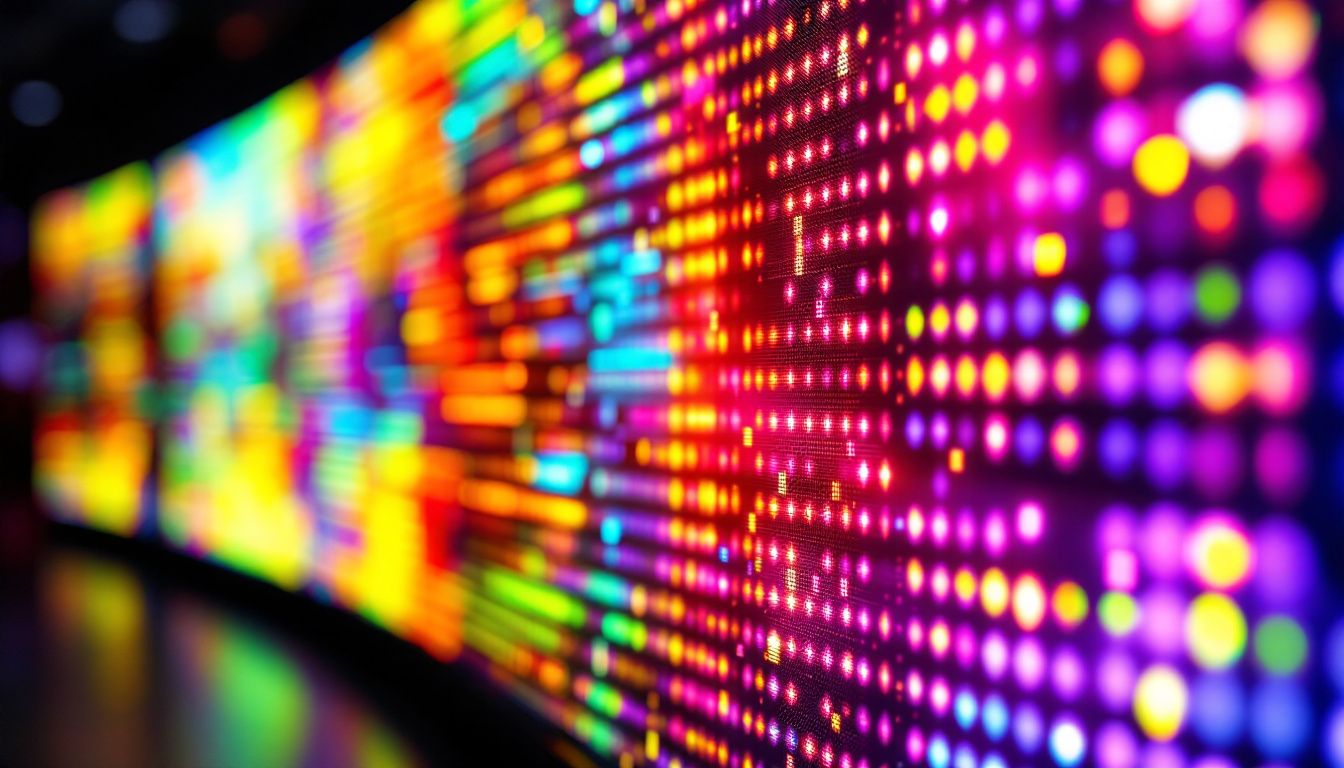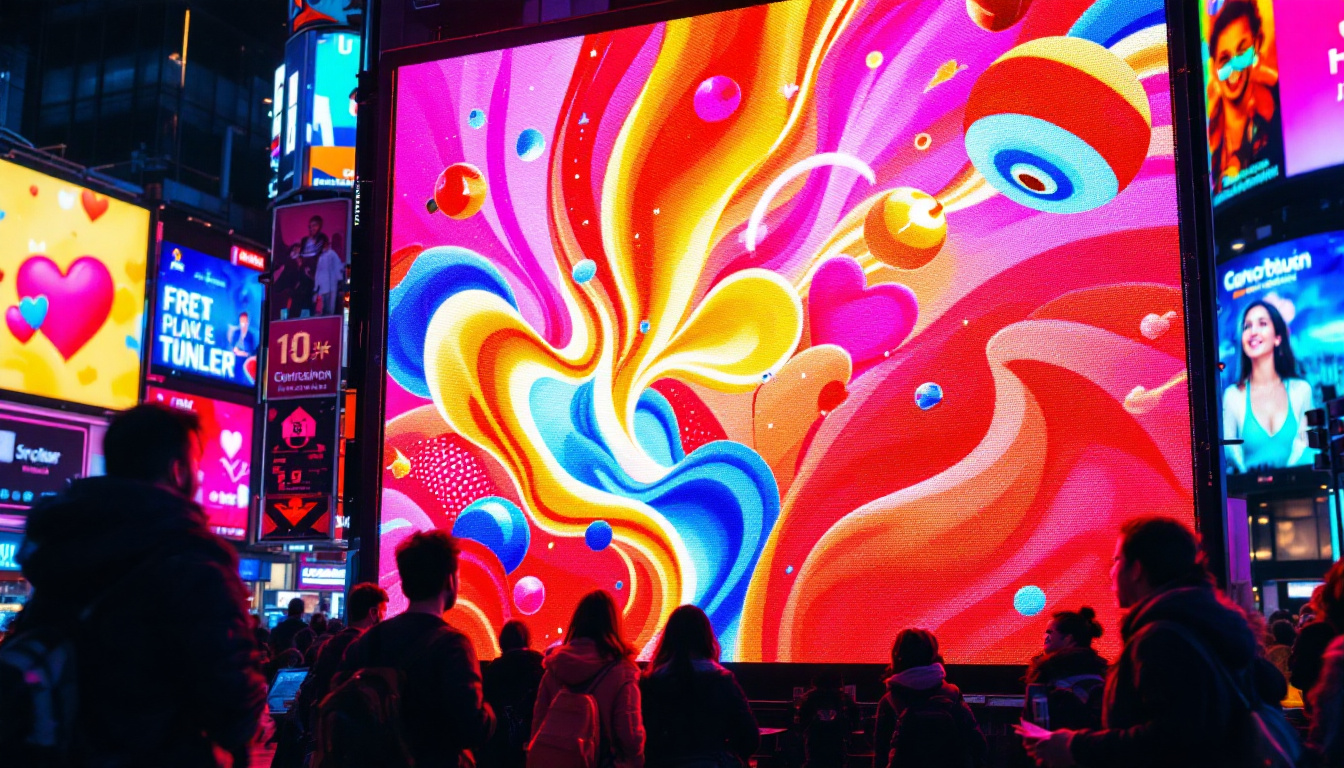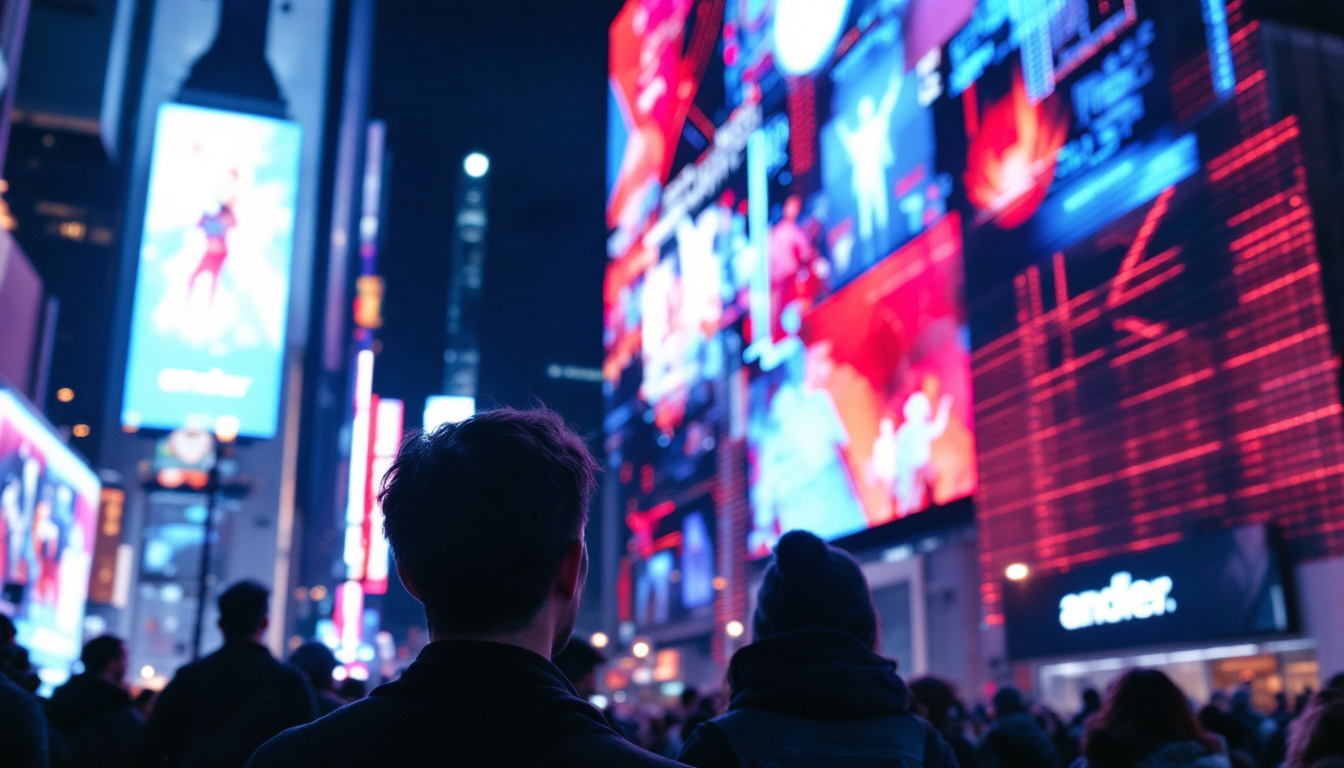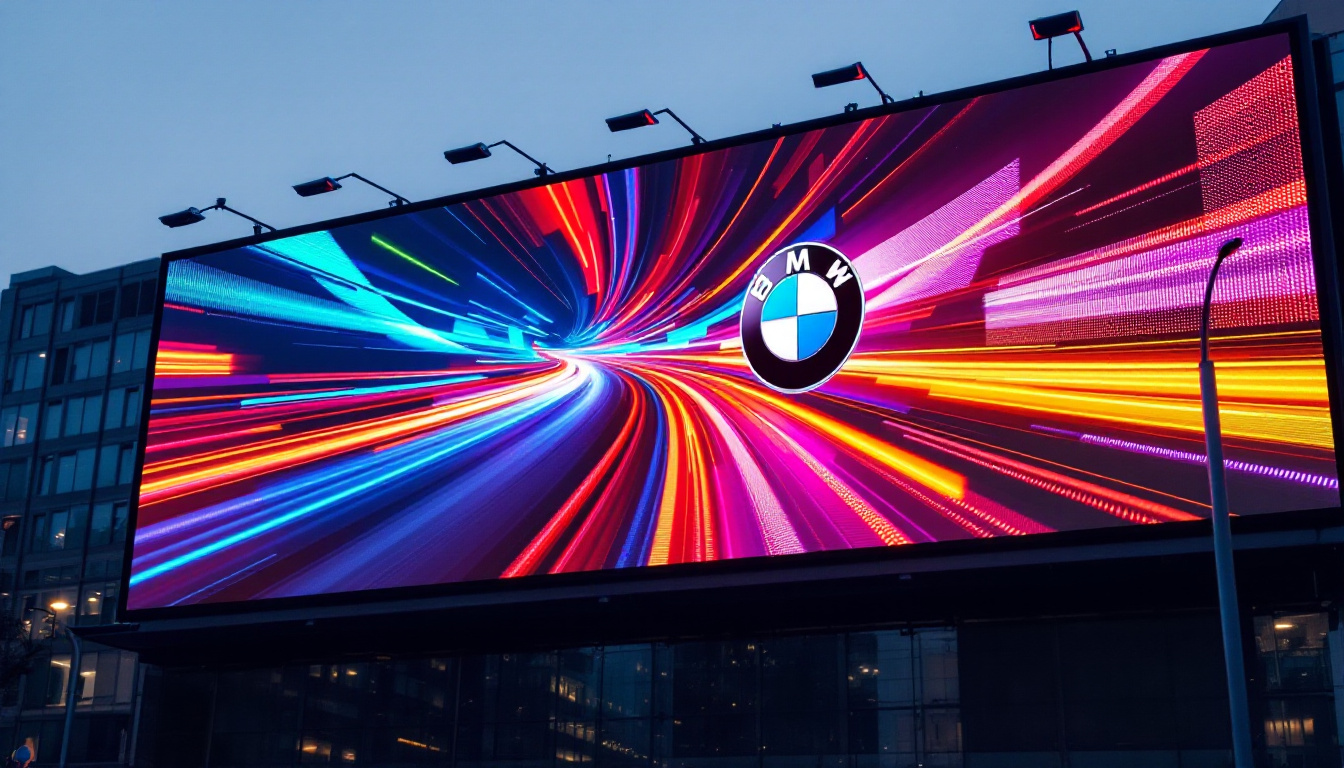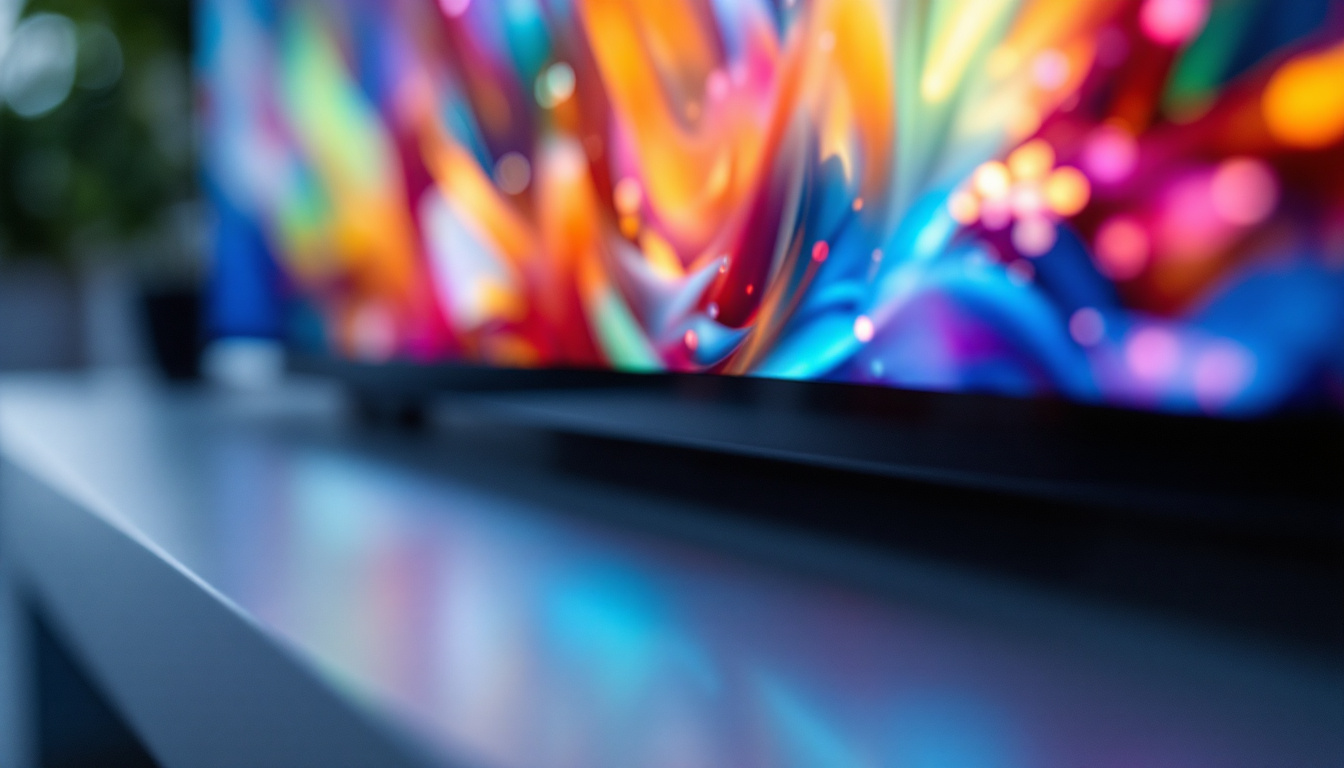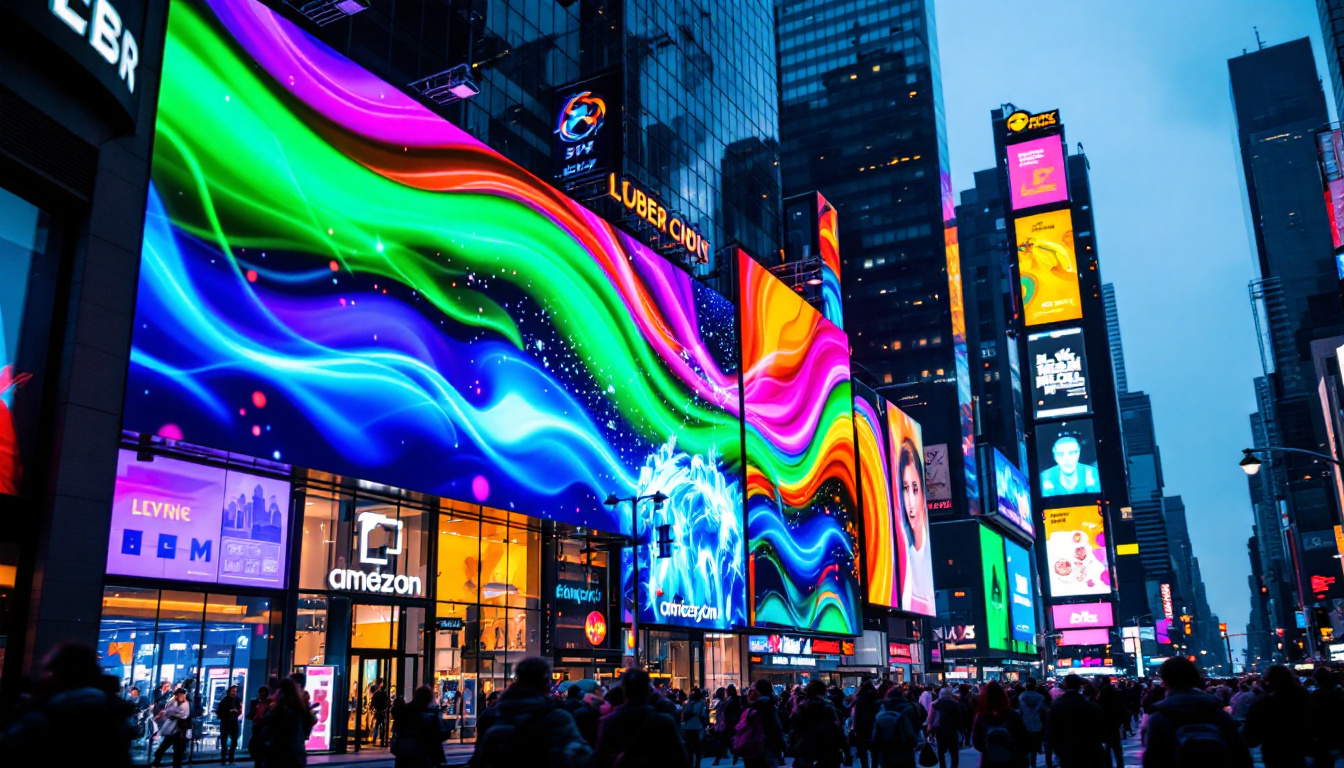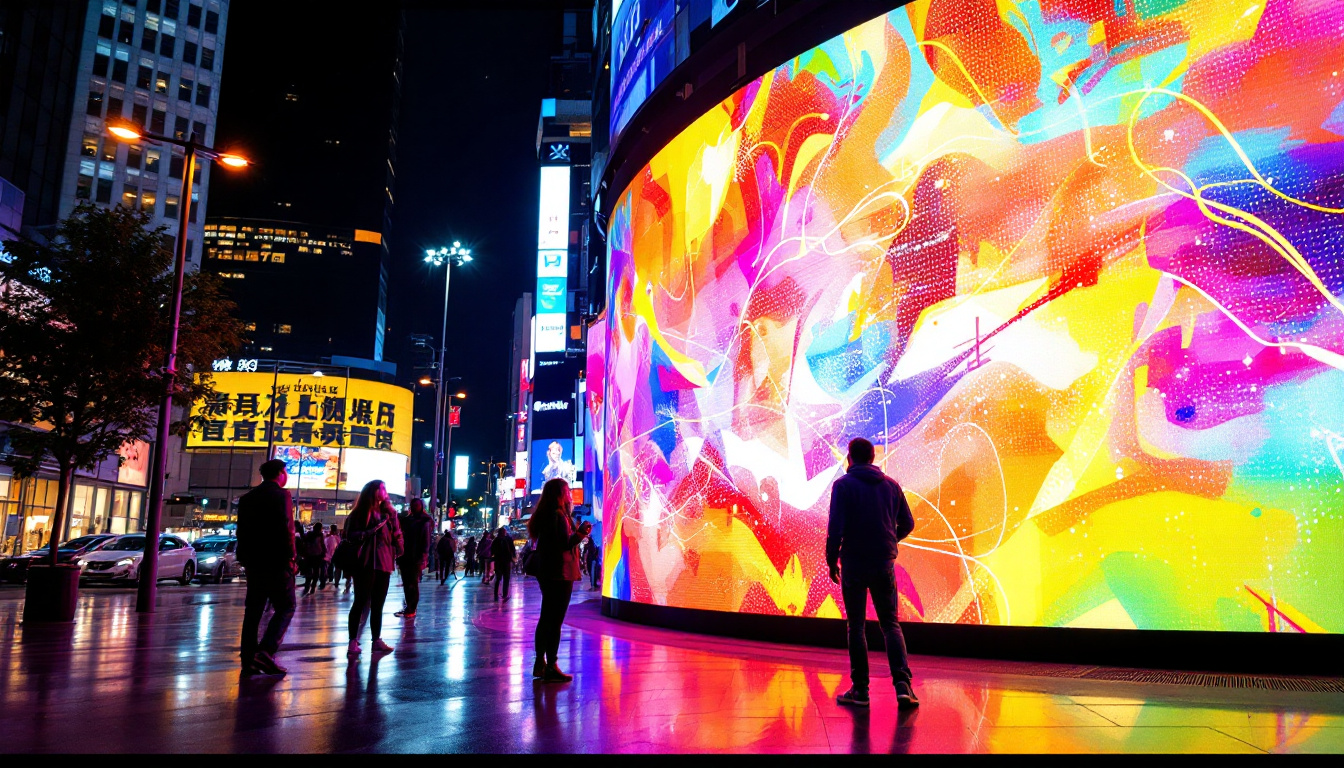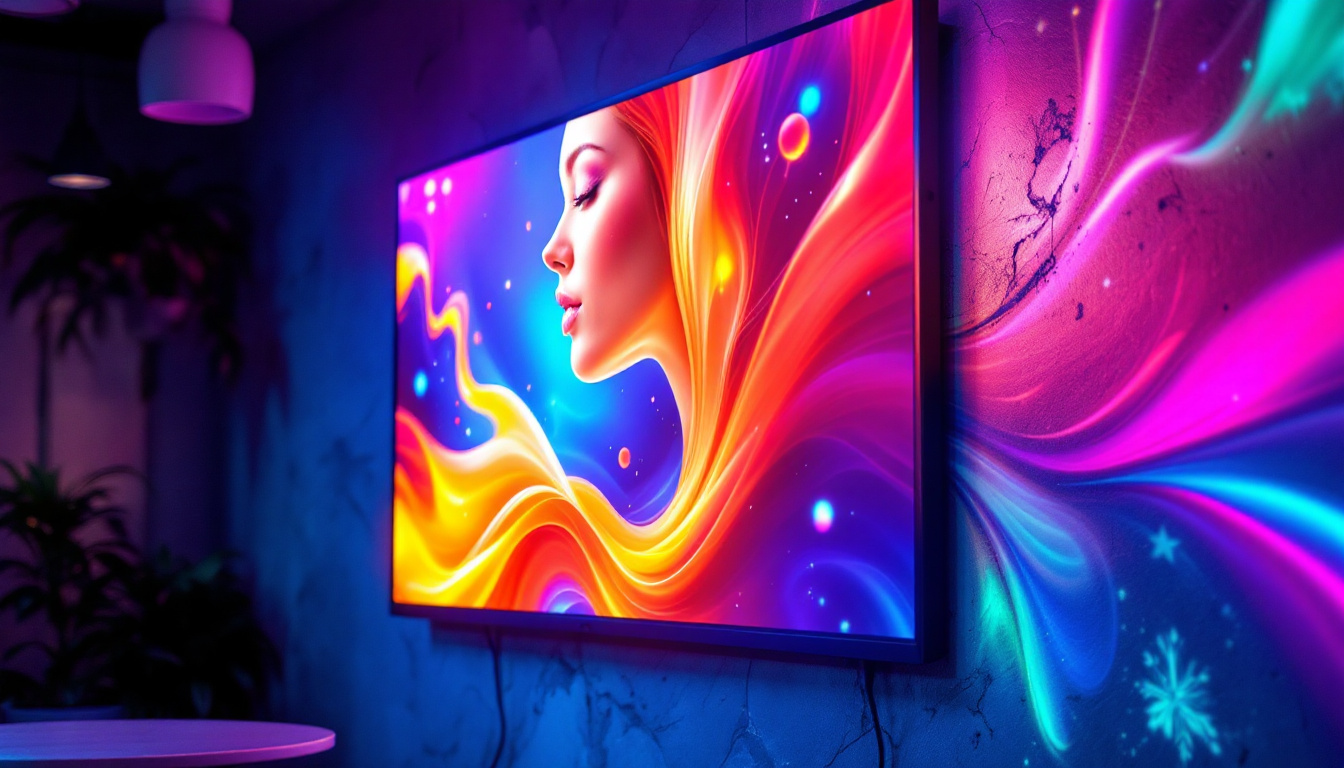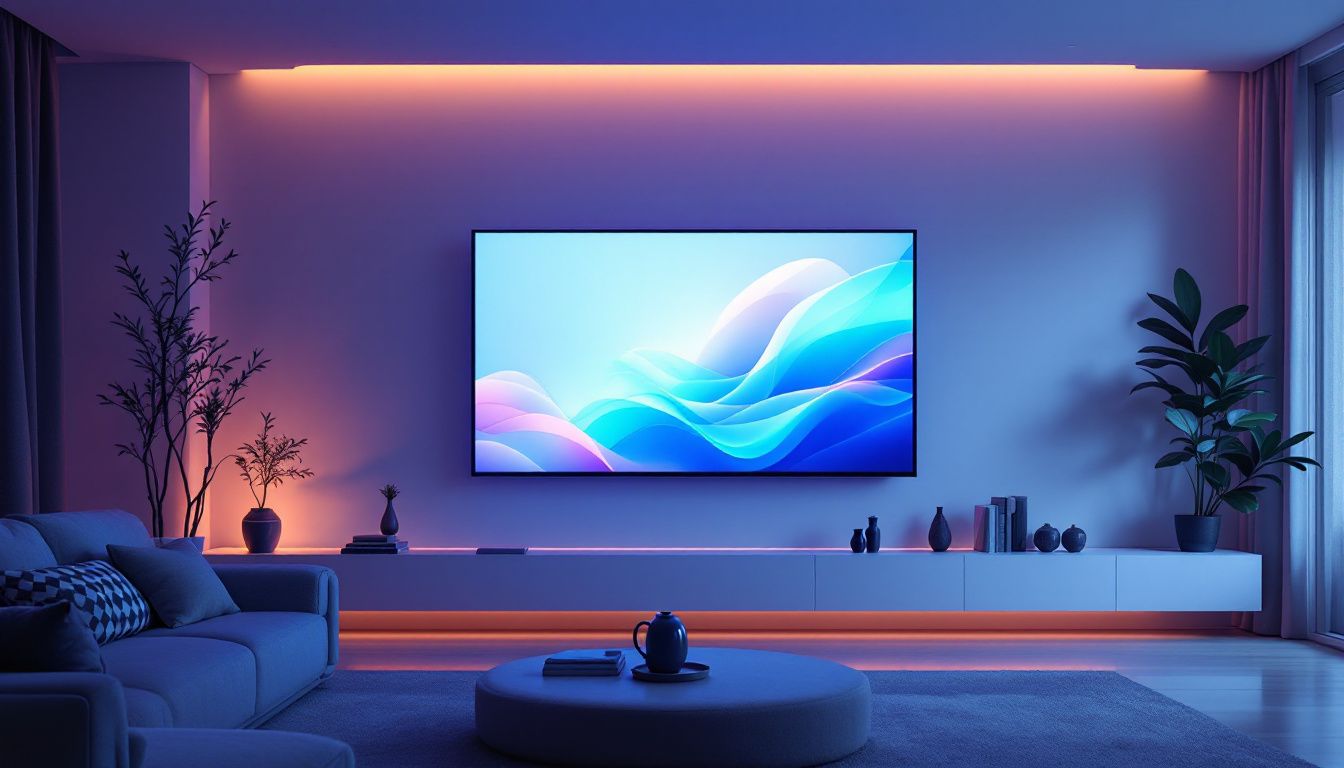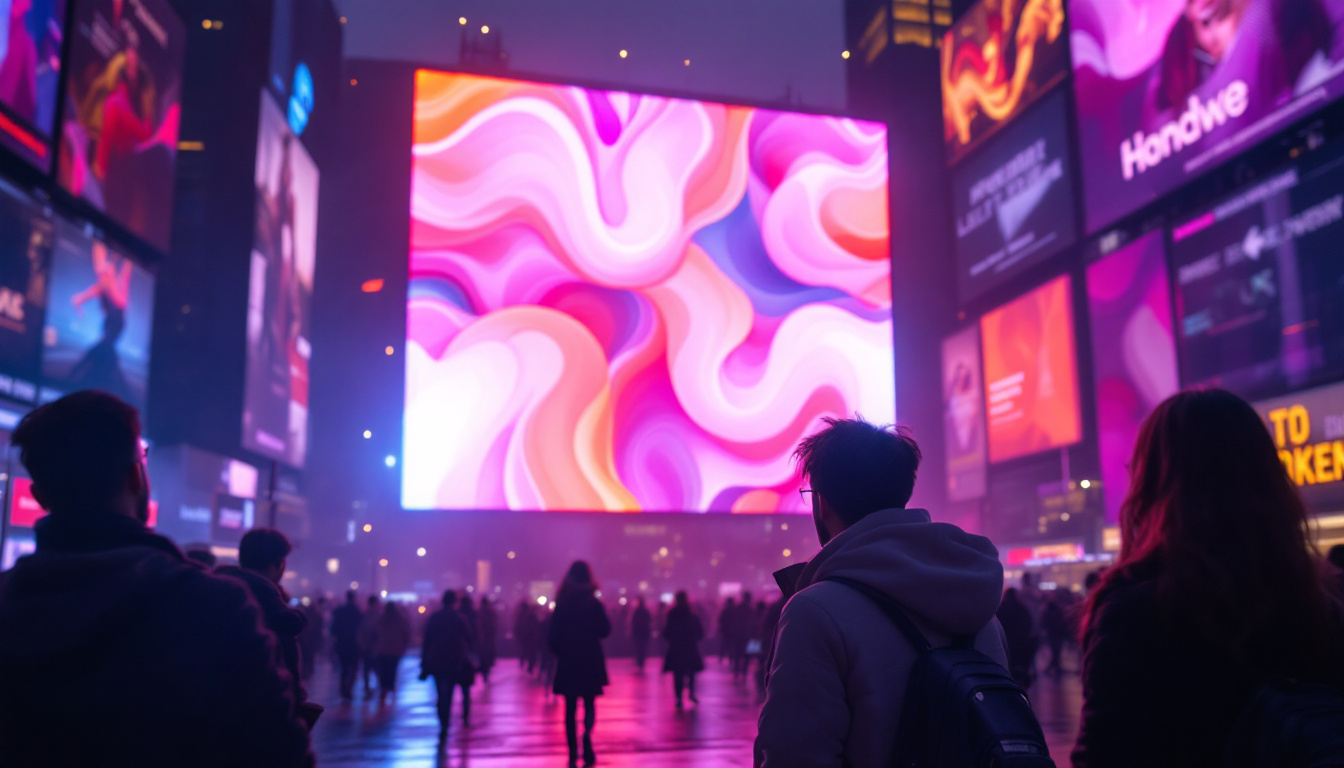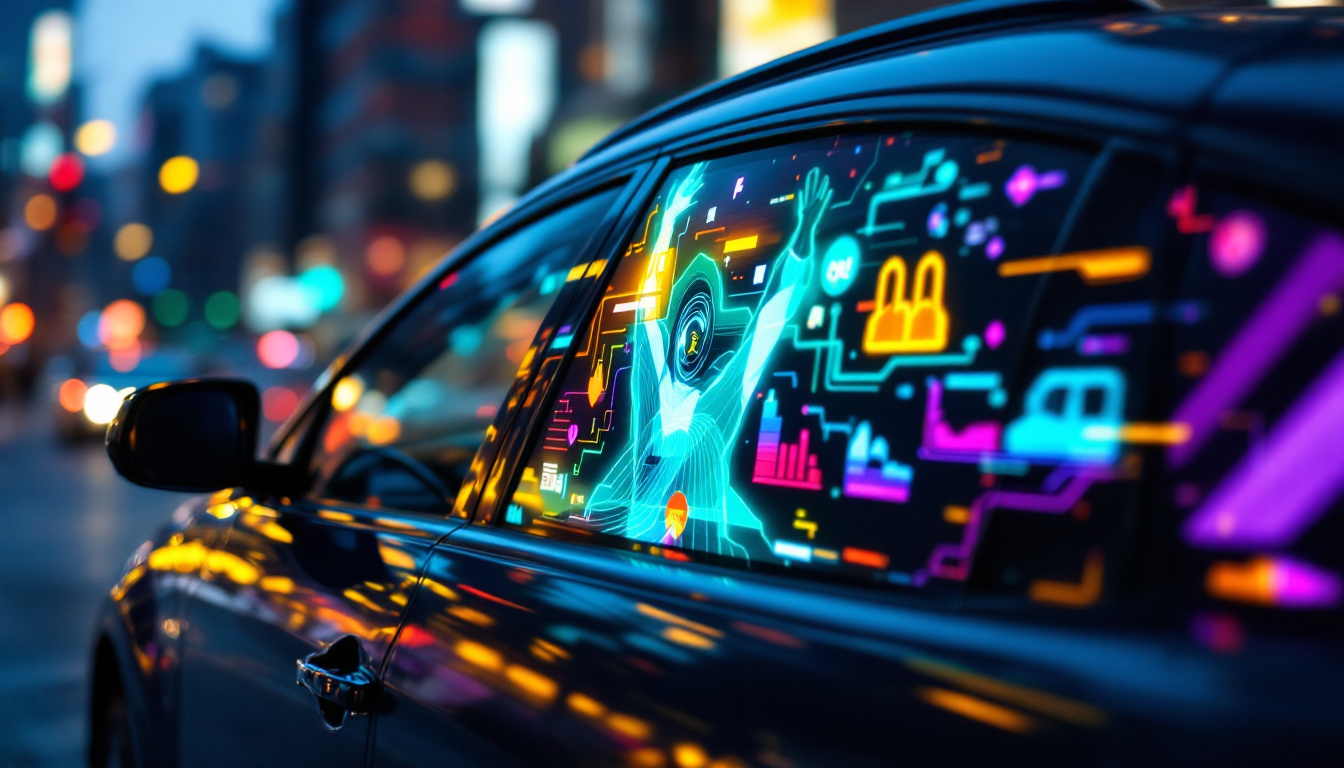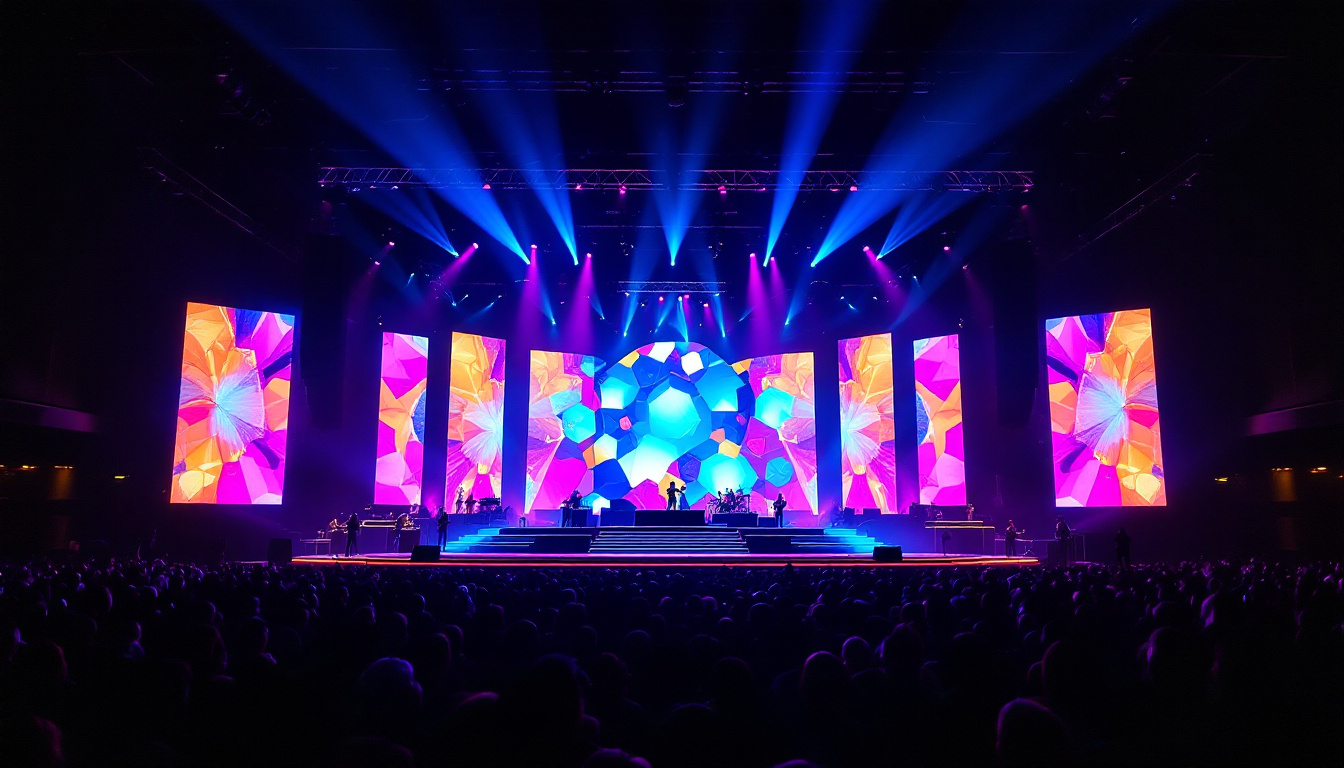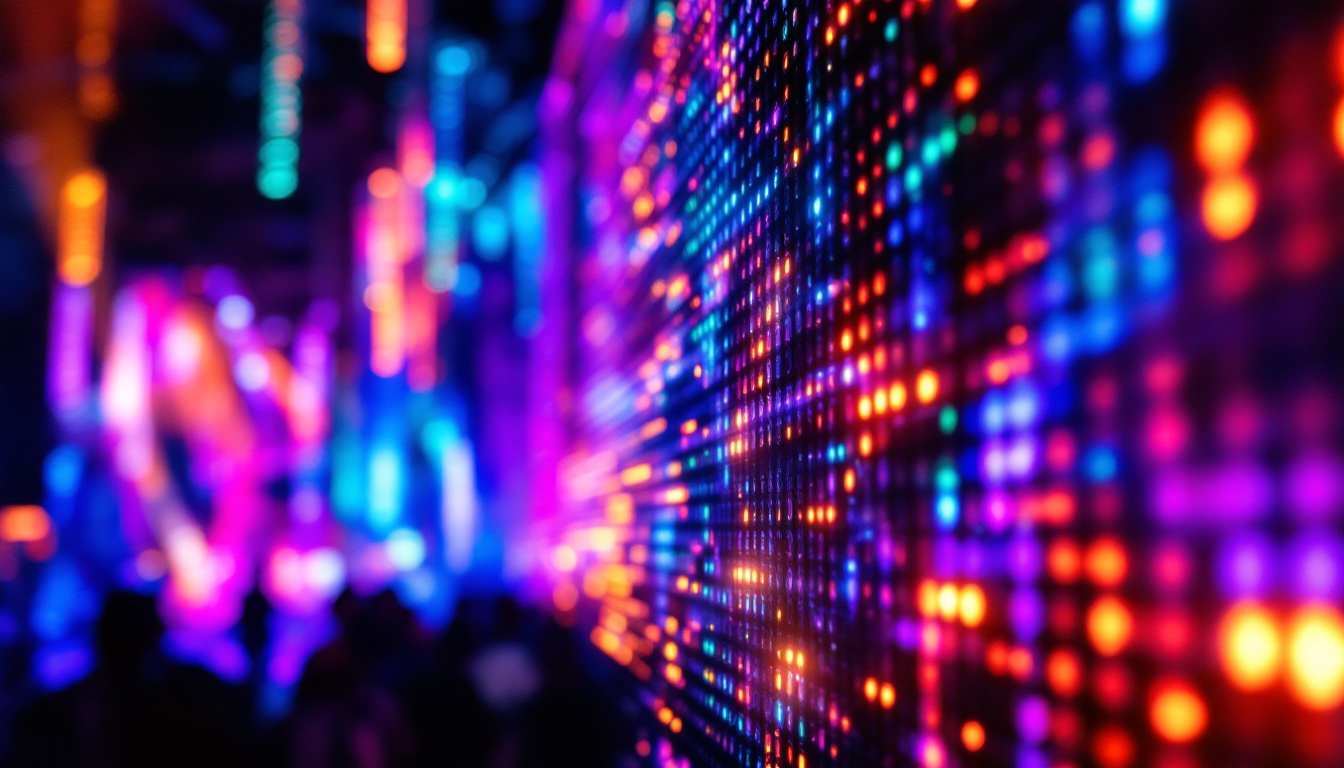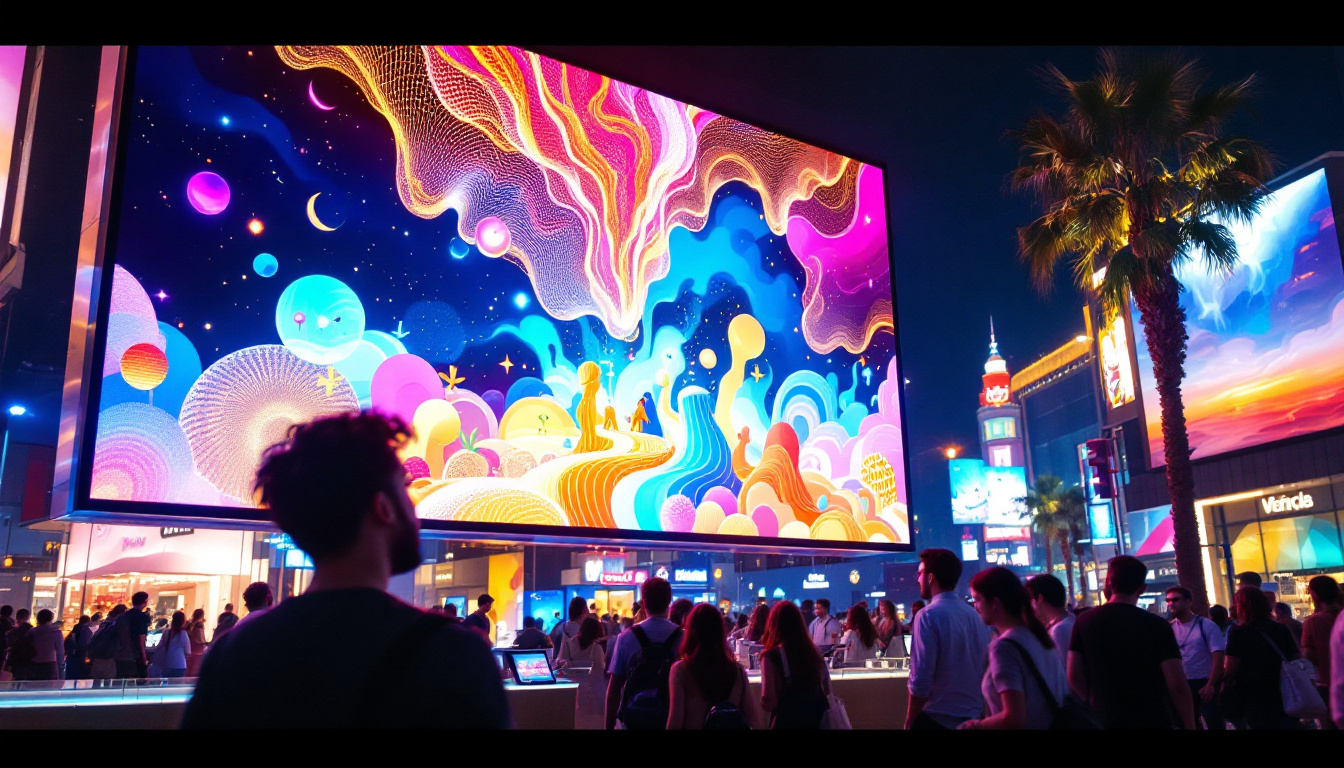In an age where visual communication is paramount, LED displays have emerged as a dominant technology in various sectors, from advertising to entertainment and beyond. Understanding how LED displays work and their applications can provide valuable insights into their growing presence in our daily lives. This article delves into the intricacies of LED displays, exploring their technology, advantages, and diverse applications.
What is an LED Display?
LED, or Light Emitting Diode, displays are electronic screens that utilize LEDs as their primary light source. Unlike traditional displays that rely on backlighting, LED displays produce light directly through the diodes, allowing for brighter images and greater energy efficiency. This technology has revolutionized the way we perceive visual content, offering vibrant colors and sharp contrasts that captivate audiences. The compact size and durability of LEDs also contribute to their widespread adoption across various industries, from advertising to entertainment and beyond.
Types of LED Displays
LED displays come in various types, each designed for specific applications. The most common types include:
- Direct View LED Displays: These displays consist of individual LED modules that are assembled together to form a larger screen. They are often used for outdoor advertising and large-scale events due to their high brightness and visibility. Their modular nature allows for flexibility in size and shape, making them ideal for unique installations.
- LED-backlit LCD Displays: These screens combine traditional LCD technology with LED backlighting. They offer improved color accuracy and energy efficiency compared to standard LCDs. The backlighting enhances the overall picture quality, providing deeper blacks and brighter whites, which is particularly beneficial for watching movies or playing video games.
- Organic LED (OLED) Displays: OLED technology uses organic compounds to emit light, allowing for thinner screens and better contrast ratios. These displays are commonly found in high-end televisions and smartphones. The ability of OLEDs to achieve true blacks by turning off individual pixels has made them a favorite among filmmakers and content creators.
How LED Displays Work
The operation of an LED display is based on the principle of electroluminescence, where a semiconductor material emits light when an electric current passes through it. Each pixel in an LED display is made up of red, green, and blue (RGB) diodes, which combine to create a full spectrum of colors. By varying the intensity of each diode, the display can produce a wide range of colors and brightness levels. This capability allows for dynamic content, such as video and animations, to be displayed with stunning clarity and detail.
In a typical LED display, the pixels are arranged in a grid pattern, allowing for precise control over the image being displayed. The display controller processes the incoming video signal and determines how to illuminate each pixel, resulting in the final image that viewers see. Additionally, advancements in technology have led to the development of smart LED displays that can connect to the internet, enabling real-time content updates and interactive features. This connectivity opens up new possibilities for advertising, information dissemination, and audience engagement, making LED displays not just a visual medium but also a dynamic communication tool.
Advantages of LED Displays
LED displays offer a multitude of advantages that make them a preferred choice for many applications. Their benefits extend beyond mere aesthetics, impacting performance, energy consumption, and longevity.
Brightness and Visibility
One of the standout features of LED displays is their exceptional brightness. Capable of producing high levels of luminance, they remain visible even in direct sunlight, making them ideal for outdoor use. This characteristic ensures that advertisements and information are easily seen, enhancing their effectiveness. Furthermore, the color accuracy and contrast ratios of LED displays allow for vibrant visuals that can capture attention quickly. Whether it’s a dynamic advertisement or critical information at a sports event, the clarity provided by LED technology ensures that messages are communicated effectively, regardless of the surrounding conditions.
Energy Efficiency
LED technology is known for its energy efficiency. Compared to traditional display technologies, LED displays consume significantly less power, translating to lower operational costs. This efficiency not only benefits businesses financially but also contributes to environmental sustainability. In addition, many LED displays are designed with smart technology that allows for automatic brightness adjustments based on ambient light, further optimizing energy use. This feature not only prolongs the lifespan of the display but also minimizes the carbon footprint associated with advertising and information dissemination, making LED displays a responsible choice for eco-conscious organizations.
Longevity and Durability
LED displays are built to last. With a lifespan that can exceed 100,000 hours, they outlast many other display technologies. Additionally, they are more resistant to shock and vibration, making them suitable for a variety of environments, from bustling city streets to stadiums. The robust nature of LED displays means they require less frequent maintenance and replacement, which can significantly reduce long-term costs for businesses. Furthermore, advancements in LED technology have led to improved thermal management systems that help prevent overheating, ensuring that these displays maintain their performance over time. This durability is particularly beneficial in high-traffic areas where displays are subjected to the rigors of daily use, allowing for uninterrupted service and consistent messaging.
Applications of LED Displays
The versatility of LED displays has led to their adoption across numerous industries. Their applications are as diverse as the technology itself, ranging from advertising to entertainment and beyond.
Advertising and Marketing
LED displays have transformed the advertising landscape. Billboards, storefronts, and public transport stations now frequently feature dynamic LED screens that can display vibrant advertisements. The ability to change content quickly allows businesses to target specific audiences and adapt to real-time events.
Moreover, the captivating visuals produced by LED displays can significantly increase foot traffic and engagement, making them a valuable tool for marketers seeking to maximize their reach. The interactivity of some LED displays further enhances this effect, allowing consumers to engage with the content through touch or mobile integration, creating a memorable experience that can lead to increased brand loyalty.
Entertainment and Events
In the entertainment industry, LED displays play a crucial role in enhancing the viewer experience. Concerts, festivals, and sporting events often utilize large LED screens to display live feeds, graphics, and animations. This technology creates an immersive atmosphere that captivates audiences and elevates the overall experience.
Additionally, LED displays are commonly used in theaters and cinemas for advertising previews and enhancing the ambiance, further solidifying their presence in the entertainment sector. The flexibility of LED technology allows for stunning visual effects, such as synchronized light shows and dynamic backgrounds, which can be tailored to fit the theme of an event, thereby creating a unique and engaging environment for attendees.
Transportation and Public Information
LED displays are increasingly being used in transportation systems to provide real-time information to passengers. Bus stops, train stations, and airports utilize LED screens to display arrival and departure times, ensuring travelers are well-informed. This application not only improves efficiency but also enhances the overall travel experience.
Furthermore, LED displays can also serve as vital communication tools during emergencies or delays, providing crucial updates to help passengers navigate unexpected situations. The bright and clear visibility of LED screens ensures that information is accessible even in bright daylight, making them an essential component of modern transportation infrastructure. As cities continue to evolve, the integration of LED technology into smart transportation systems promises to further streamline travel and enhance connectivity for urban dwellers.
Challenges and Considerations
Despite their many advantages, LED displays are not without challenges. Understanding these challenges is essential for making informed decisions regarding their use.
Initial Costs
The initial investment for LED display technology can be significant. While the long-term savings on energy and maintenance costs are substantial, the upfront costs may deter some businesses from making the switch. It is essential to weigh these costs against the potential return on investment.
Heat Management
LED displays generate heat during operation, which can affect performance and longevity if not managed properly. Adequate cooling systems must be in place to ensure that the displays operate within optimal temperature ranges. This consideration is particularly important for large-scale installations.
Content Management
Managing content on LED displays requires a strategic approach. Businesses must invest in content management systems to ensure that the displayed information is relevant, timely, and engaging. Poorly managed content can lead to viewer disengagement and diminish the effectiveness of the display.
The Future of LED Displays
The future of LED display technology is bright, with ongoing advancements promising even greater capabilities. Innovations in materials, design, and functionality are set to redefine how LED displays are used across various sectors.
Advancements in Technology
As technology continues to evolve, LED displays are becoming more sophisticated. Developments in microLED technology, for instance, promise even higher resolutions and improved color accuracy. These advancements will enable the creation of displays that are thinner, lighter, and more energy-efficient, further expanding their applications.
Integration with Smart Technologies
The integration of LED displays with smart technologies is another exciting trend. As the Internet of Things (IoT) continues to grow, LED displays can be connected to various devices, allowing for real-time data display and interaction. This connectivity will enhance user engagement and create more personalized experiences.
Environmental Considerations
As sustainability becomes a priority for many organizations, the environmental impact of LED displays is under scrutiny. Future developments will likely focus on creating more eco-friendly materials and processes, ensuring that LED technology aligns with global sustainability goals.
Conclusion
LED displays have undeniably transformed the way information is conveyed and consumed. Their unique combination of brightness, energy efficiency, and versatility makes them a powerful tool in various industries. While challenges exist, the ongoing advancements in technology and integration with smart systems promise a future where LED displays will continue to play a pivotal role in visual communication.
As businesses and organizations seek to enhance their engagement with audiences, understanding the capabilities and potential of LED displays will be essential in navigating the ever-evolving landscape of visual technology. Embracing this technology not only offers immediate benefits but also positions entities for future growth in an increasingly digital world.
Discover the Future of Visual Technology with LumenMatrix
Ready to elevate your visual communication and engage with your audience like never before? Explore LumenMatrix’s comprehensive range of LED display solutions, designed to bring your brand to life. From the immersive Indoor LED Wall Display to the dynamic Outdoor LED Wall Display, and from the mobile flexibility of Vehicle LED Displays to the innovative LED Transparent Display, LumenMatrix has the cutting-edge technology to transform your messaging. Experience the future of digital signage with our All-in-One LED Displays and captivate your audience with clarity and impact. Check out LumenMatrix LED Display Solutions today and join the revolution in visual technology.

